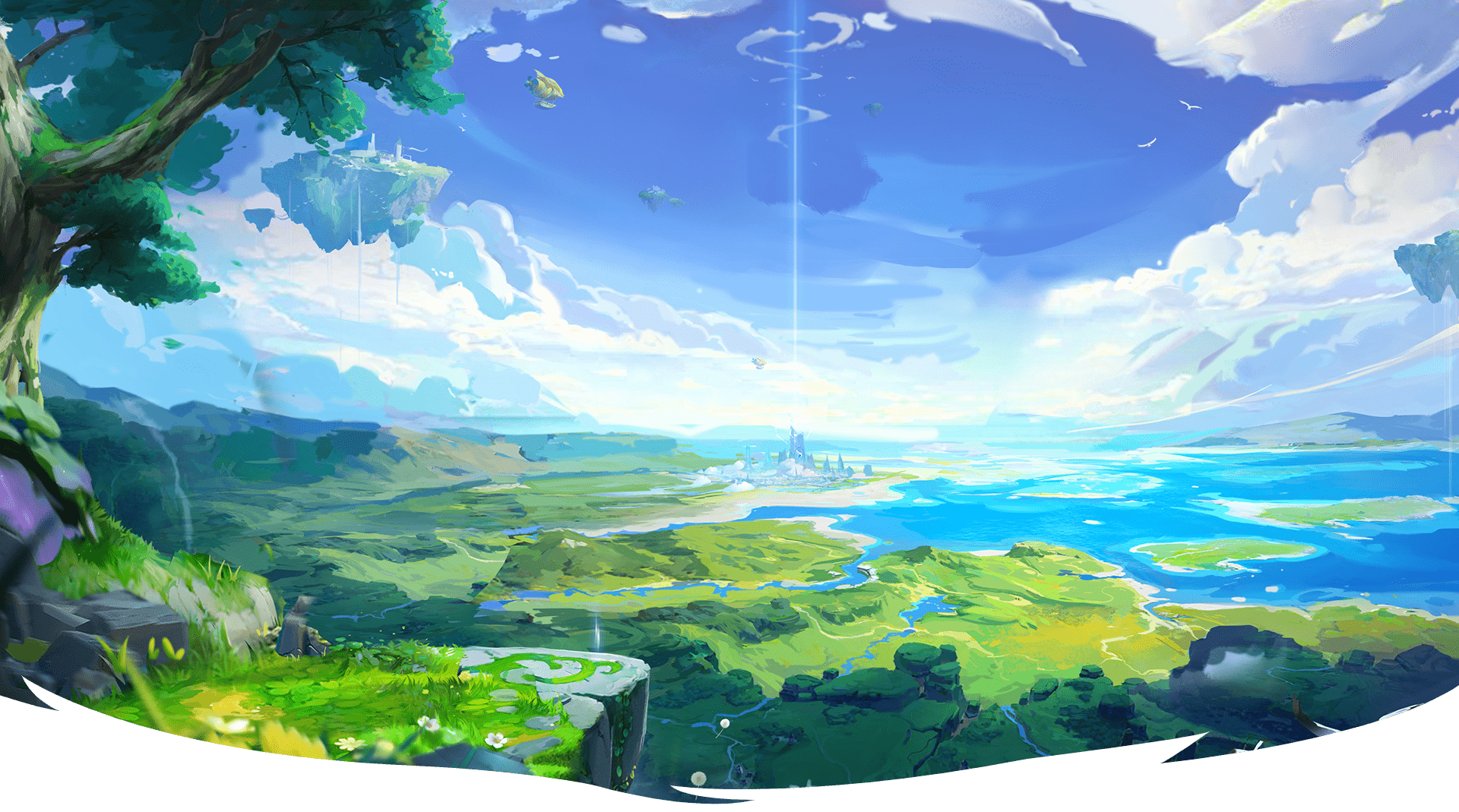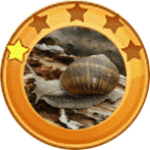- Home
- Shop
- Forest Series
- Grassland Series
- Desert Series
- Contact
- Home
- Shop
- Forest Series
- Grassland Series
- Desert Series
- Contact

Snail Series





2 Ways in Controlling
With the help of 2 simplified joysticks and a boat-shaped switch, your child can drive this car independently. Parents can also use the included remote control to master direction and adjust speed for younger kids.
Robust & Safety
Tough plastic shell holds up to 66 lbs for years of use. A 4-point adjustable seat belt and soft rubber bumper strip offer double protection. A wide footrest and high backrest make your baby feel relaxed and comfortable.
Excellent Performance
Powered by 2 rechargeable 6V batteries that let your kids enjoy 45-60 minutes of riding fun. Equipped with 12V dual motors, this vehicle speeds up to 2 mph to provide your little one with an exciting battle experience.


CHARACTERISTICS
The Chipmunk is a member of the family Mammalia, Rodentia and Sciuridae. It is also known as the Striped Squirrel, the Timber Tiger and the Mini-bear. The body length among most Chipmunks ranges from 5.5 to 6.3 inches and the tail length is 5 Inches. Chipmunks typically weigh about 0.02 pounds and live about 5 to 10 years. They have small but prominent ears which face forwards, and small eyes on the sides of their heads. Most wild Chipmunks are lively.


Lorem ipsum dolor sit amet, consectetur adipiscing elit. Ut elit tellus, luctus nec ullamcorper mattis, pulvinar dapibus leo.


CHARACTERISTICS
Helix pomatia, common names the Roman Snail, Burgundy snail, or escargot, is a species of large, edible, air-breathing land snail, a pulmonate gastropod terrestrial mollusc in the family Helicidae. It is one of Europe’s biggest species of land snail. The shell is creamy white to light brownish, often with indistinct brown colour bands. The shell has five to six whorls. The aperture is large. The apertural margin is white and slightly reflected in adult snails. The umbilicus is narrow and partly covered by the reflected columellar margin. The width of the shell is 30–50 millimetres (1.2–2.0 inches). The height of the shell is 30–45 mm (1.2 – 1.8 in).

RANGE AND HABITAT
Roman Snails are mainly distributed in Western Europe and some countries in Eastern Europe, such as France, Austria, Belgium, Italy, etc. In southeastern Europe, H. pomatia lives in forests, open habitats, gardens, and vineyards, especially along rivers, confined to calcareous substrate. In Central Europe, it occurs in open forests and shrubland on calcareous substrate. It prefers high humidity and lower temperatures, and needs loose soil for burrowing to hibernate and lay its eggs. It lives up to 2100 m above sea level in the Alps, but usually below 2000 m. In the south of England, it is restricted to undisturbed grassy or bushy wastelands, usually not in gardens; it has a low reproduction rate and low powers of dispersal.

DIET
Roman Snails are very large eaters, able to consume about 5% of their body weight at a time. Changes in the living environment can also affect the amount of food they eat. When the environment is favorable, they will eat a lot, but when the weather becomes abnormally dry or the temperature gets very cold, their appetite will be greatly reduced, and in severe cases, they will go on a hunger strike. Roman Snails eat a different diet when they are young than when they are older. When they are young, they feed mainly on humus and fresh young leaves of plants. When they grow up, they start to eat stems, leaves and fruits of plants such as grapes, lettuce and rape.

BEHAVIOR
Habits and Lifestyle
Roman Snails have very high requirements for living temperature, air humidity, light and soil, and generally live in an environment with a temperature of 20°C to 28. C and humidity of 85% to 90%. Because they are afraid of strong light, they spend most of their time hiding in dark and moist loose soil, caves and crevices in rocks. Although they are afraid of light, they cannot adapt to an environment with no light at all, so they choose to live in areas with diffused light, with bushes, under dead grass or under leaf litter as their preferred places to live.
Roman Snails rest in the shade during the day and only come out at night around 11:00 p.m. to look for food. However, they will also come out during the day in rainy weather. They generally rest with the top of their shells facing up and the mouth of their shells facing down, so that other animals do not disturb their rest.
Mating Habits
This snail is hermaphroditic. Reproduction in Central Europe begins at the end of May. Eggs are laid in June and July, in clutches of 40–65 eggs. The size of the egg is 5.5–6.5 mm or 8.6 × 7.2 mm. Juveniles hatch after three to four weeks, and may consume their siblings under unfavourable climate conditions. Maturity is reached after two to five years. The life span is up to 20 years, but snails die faster often because of drying in summer and freezing in winter. Ten-year-old individuals are probably not uncommon in natural populations. The maximum lifespan is 35 years.

The Chipmunk is a member of the family Mammalia, Rodentia and Sciuridae. It is also known as the Striped Squirrel, the Timber Tiger and the Mini-bear. The body length among most Chipmunks ranges from 5.5 to 6.3 inches and the tail length is 5 inches. Chipmunks typically weigh about 0.02 pounds and live about 5 to 10 years. They have small but prominent ears which face forwards, small eyes on the sides of their heads. Most wild Chipmunks are lively.
The Red Squirrel, a member of the Sciuridae, is an arboreal, omnivorous rodent often referred to as a Forest Seeder and folklore as the Devil King Squirrel.
The Arizona Gray Squirrel, also known as the American Gray Squirrel, is a member of the family Rodentia and Sciuridae. It is small in size, with gray fur and a belly between white and cream. It has long ears, no tufts of fur and a fluffy tail edged in white. The body is about 16-20 inches long and weighs up to 1.4 pounds.
The Rock Squirrel, also known as Sao Maozi or Stone Mouse, belongs to the rodent and is a species in the family Sciuridae. The most common natural predators of the Rock Squirrel include bobcats, owls, eagles and snakes. Though the Rock Squirrel is cute, alert, and courageous, it is still considered a pest due to its habit of destroying crops.
The Abert’s Squirrel is a member of the genus Sciurus with a body length of 18-22.8 inches, a tail length of 7.5-9.8 inches and a weight of 2.2 pounds, and can live up to 10 years in the wild. Its most distinctive feature is tassels of fur about 0.8-1.2 inches long at the tip of its ears, which looks very interesting. In addition, it is alert and agile.

The Tortoise, the Hare… and the Snail
Once upon a time there was a tortoise, a hare, and a snail. The hare was always boasting about how fast he was, and the others were growing tired of his bragging. So one fine day, the tortoise challenged him to a race. He told the hare, “Well, you might think you’re so fast, but I can beat you in a race!”
Hearing this, the hare burst out laughing so hard he almost fell down his rabbit hole. “Ha!,” he exclaimed. “You couldn’t even outrun Little Miss Snail over there. I accept your challenge.”
The race was on!
The next day, all the animals of the meadow came out to see them begin. At the starting line was the hare, the tortoise, and the snail (you didn’t think she’d let the hare bully her, did you?) The hedgehog announced “On your mark, get set, and… go!!!”
And so they were off.
If you’ve heard this story before, you may remember who won the race. The hare was so overconfident about winning that he decided to take a nap, certain there was no way the tortoise could win. Of course that’s exactly what the tortoise eventually did, crossing the finish line just as the hare awoke from his nap and belatedly tried to catch up.
But this isn’t the whole story. What about the snail, whom we last saw disappearing into a tuft of grass just past the starting line?
Well, as it turns out, she was having quite the adventure of her own.
After she entered the cool shade of that tuft of grass, she drank some drops of dew still left over from the early morning. Refreshed, she slowly made her way up a big hill, meeting lots of other small animals along the way. She hitched a ride on the back of a caterpillar, played games with a family of ants, and took a nap of her own later in the afternoon.
In fact, she found herself having so much fun that she entirely forgot all about the race, preferring instead to pursue her own adventures.
At one point she heard some celebrating in the direction of the finish line, accompanied by a hare screaming “No!!! It can’t be!!!!” She smiled to herself and resumed listening to the crickets in the field make their sweet music. When, a few days later, she finally passed by the tattered remnants of ribbon that said “Finish line,” she was too engrossed in her own adventures to pay much attention to it.
Instead, the snail kept going and going, becoming interested in one thing, and then another and another and another. She ended up making lots of varied and interesting friends, and had one exciting adventure after another.
Many years later, she looked back on a happy and exciting life filled with ups, downs, and everything in between. What had started out as a short race turned out to be a journey. A wondrous journey.



Follow Us: